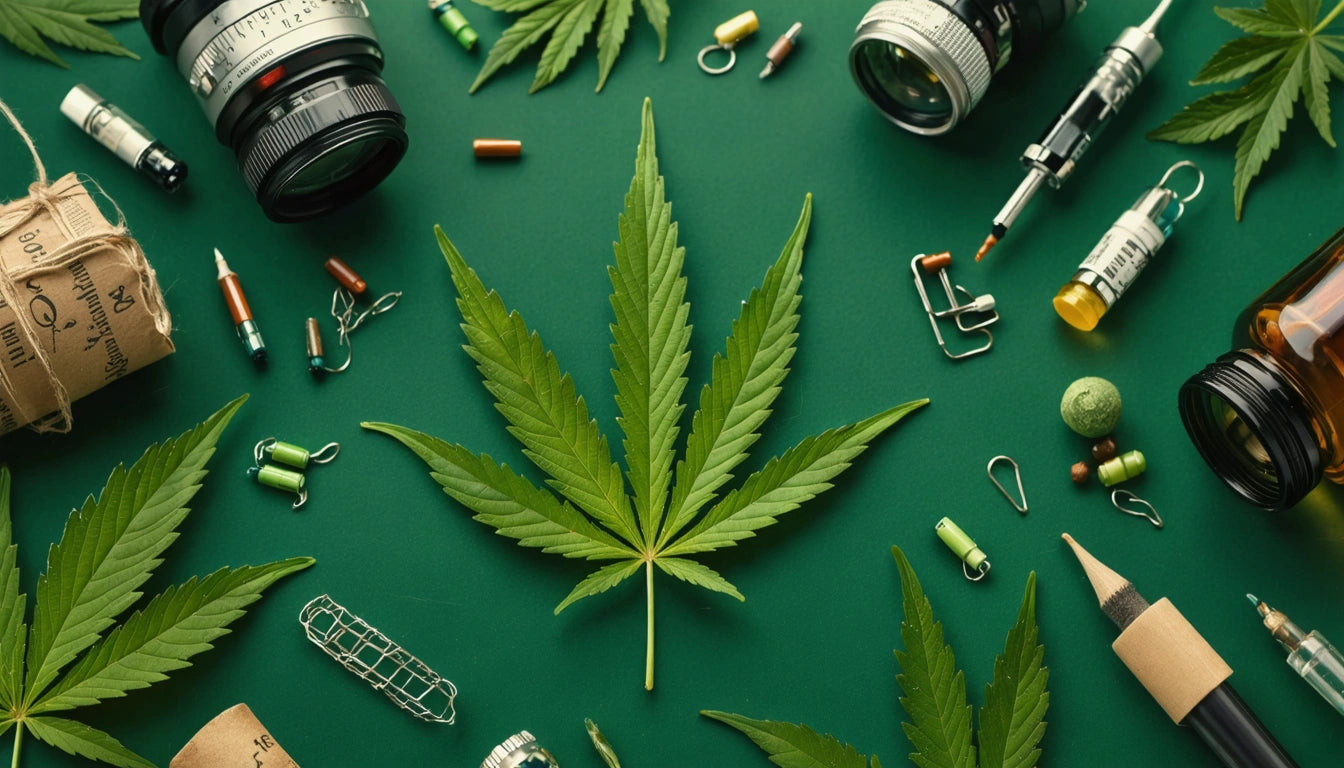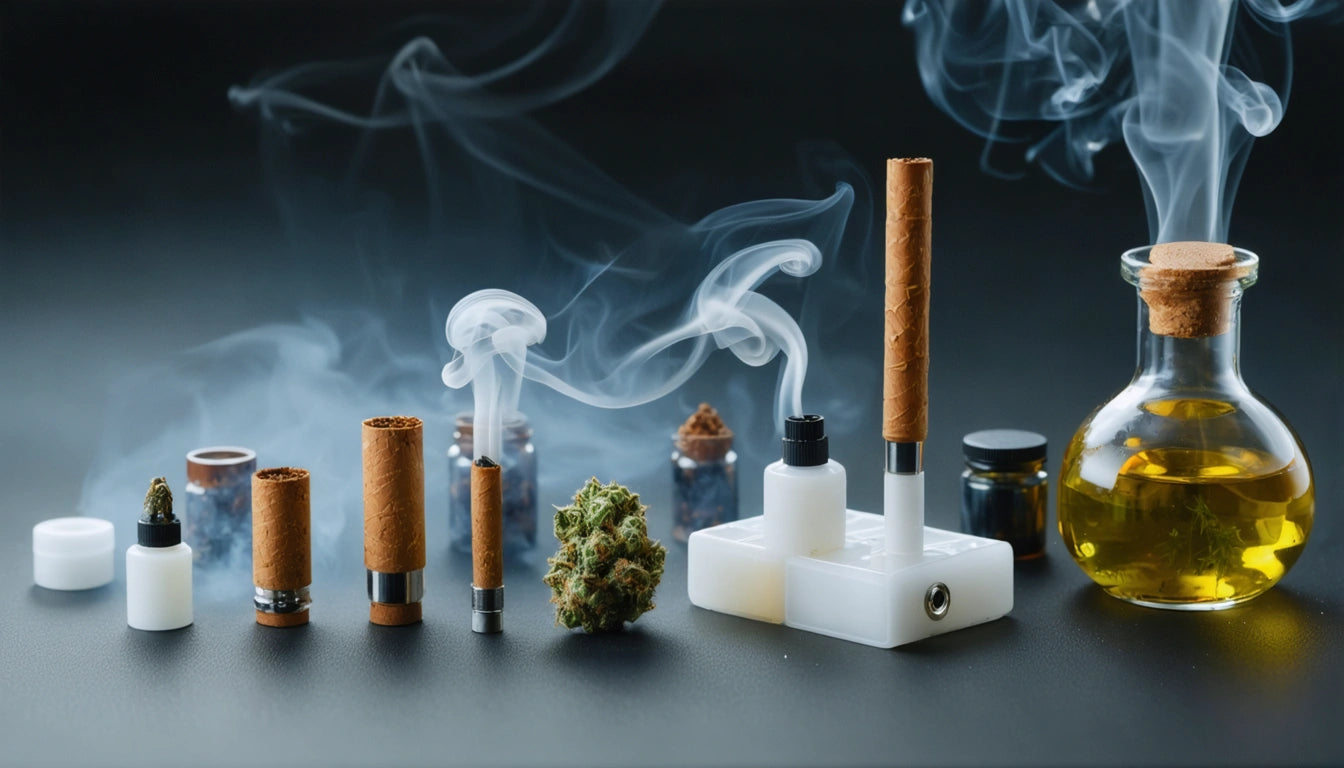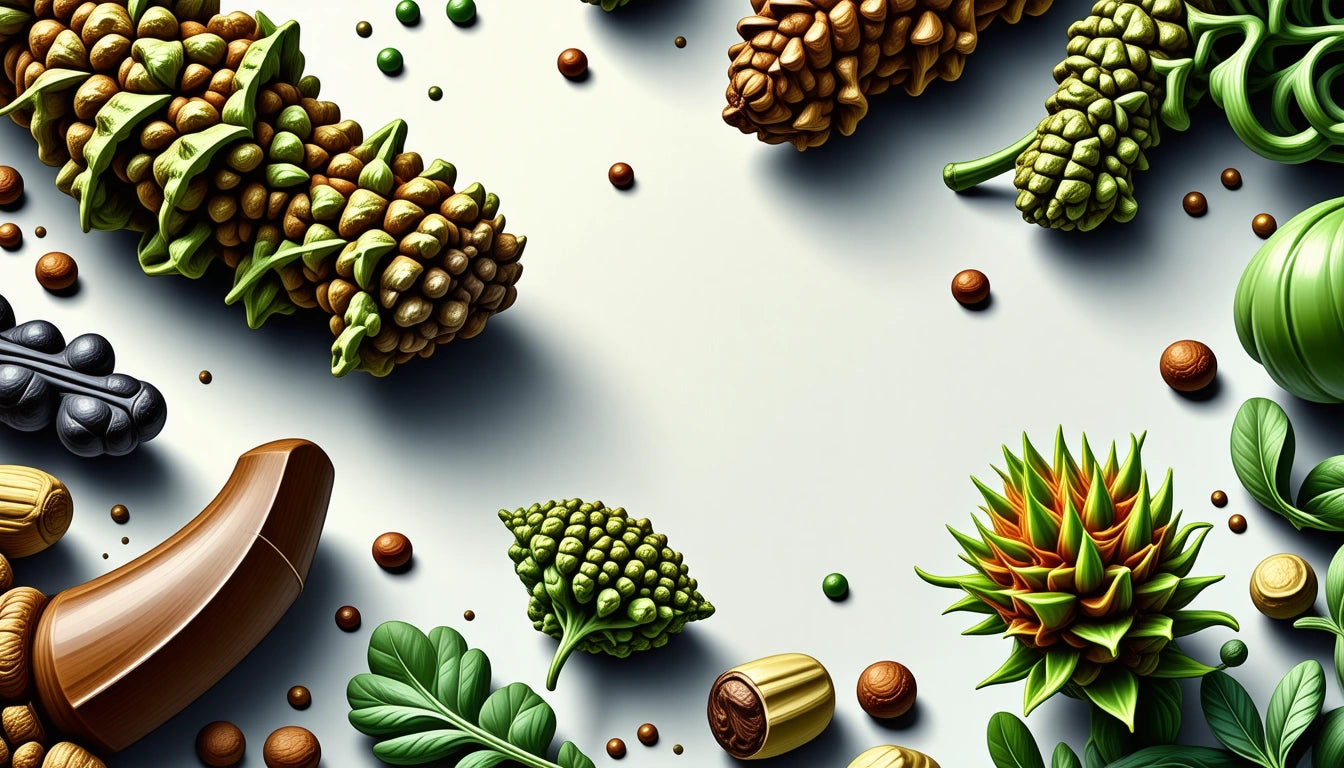The Origins and History of 420: How It Became a Cultural Phenomenon
Few numbers carry as much cultural weight in cannabis communities as 420. This simple numerical code has transformed from an obscure reference to a global phenomenon that transcends borders and generations. But when did 420 begin? Who started 420? And how did this three-digit number become synonymous with cannabis culture worldwide?
The Waldos Origin Story: When and How 420 Began
The most credible and widely accepted explanation of where 420 comes from traces back to 1971 in San Rafael, California. A group of five high school students who called themselves "The Waldos" (named for their hangout spot against a wall outside their school) created the term.
The Waldos consisted of Steve Capper, Dave Reddix, Jeffrey Noel, Larry Schwartz, and Mark Gravich. These teenagers would meet at 4:20 PM by the Louis Pasteur statue outside their high school to search for an abandoned cannabis crop they had heard about.
They chose this specific time because it was after school and sports practices had ended. Their hunt for the legendary cannabis patch began with the phrase "4:20 Louis," which eventually shortened to just "420" as their code to meet and search for the hidden crop.
From Secret Code to Counterculture: How 420 Spread
When did 420 become a thing beyond this small circle of friends? The connection between the Waldos and the Grateful Dead played a crucial role in the spread of 420 culture.
Dave Reddix's brother managed a Grateful Dead sideboard, and Reddix himself later became a roadie for the band's bassist, Phil Lesh. Through these connections, the term 420 began circulating among Deadheads (devoted Grateful Dead fans) in the late 1970s and throughout the 1980s.
The Grateful Dead community, with its nomadic following and counterculture ethos, served as the perfect vehicle for spreading this previously localized slang across the United States. Fans would gather at 4:20 PM to consume cannabis together, and April 20th gradually emerged as a day of celebration.
The Evidence Trail
The Waldos have documented evidence supporting their claim as the originators of 420. They possess preserved letters from the early 1970s referencing "420," postmarked envelopes, and a 420 flag created in the early days. These artifacts have helped legitimize their story as the true origin of 420 against numerous competing theories.
High Times and Mainstream Adoption
How did 420 become 420 as we know it today? The pivotal moment came in the early 1990s when High Times magazine, the most influential cannabis publication of the era, discovered and published the story.
In 1991, High Times reporter Steve Bloom was handed a flyer at a Grateful Dead concert that mentioned the 420 origin story and invited people to gather on April 20 at 4:20 PM for a cannabis celebration. Intrigued, Bloom published the flyer in the magazine, introducing 420 to a much wider audience.
By 1998, High Times had connected with the original Waldos and published their story, officially documenting when 420 started. This media coverage transformed what had been underground slang into a recognized cultural phenomenon.
Debunking 420 Myths: What 420 Isn't
As 420 gained popularity, numerous myths about its origins circulated. Understanding these misconceptions helps clarify how 420 came about:
- Police Code Myth: Perhaps the most persistent myth is that 420 was the California police code for marijuana smoking in progress. This is completely false. No police department has ever used 420 as a dispatch code for cannabis.
- Bob Dylan Connection: Some claim the origin relates to Bob Dylan's song "Rainy Day Women #12 & 35" because 12 multiplied by 35 equals 420. This is merely coincidental.
- Chemical Compounds Theory: Another myth suggests 420 refers to the number of chemical compounds in cannabis. The actual number of identified compounds varies but is not 420.
- Hitler's Birthday: Some incorrectly associate April 20 with Adolf Hitler's birthday. This connection is purely coincidental and has nothing to do with why 420 is associated with marijuana.
Global Celebration: 420 Around the World
Today, April 20 (4/20) has evolved into an international day of cannabis celebration and advocacy. Major gatherings occur in cities worldwide, from Hippie Hill in San Francisco's Golden Gate Park to Hyde Park in London.
These celebrations have grown beyond simple consumption events to include political rallies, educational seminars, and industry conventions. The cannabis industry has embraced April 20 as its unofficial holiday, with dispensaries and brands offering special promotions. Even packaging has evolved to celebrate this cultural touchstone, with many companies offering specialized containers and bags for the popular eighth-ounce quantity that often features 420-themed designs.
As cannabis legalization spreads globally, 420 celebrations have become more mainstream and publicly acknowledged. What began as a secret code has transformed into a global phenomenon that transcends its origins.
Cultural Impact of 420 on Cannabis Normalization
The evolution of 420 from obscure slang to cultural touchstone parallels the journey of cannabis itself from counterculture to mainstream acceptance. The term has played a significant role in normalizing cannabis conversations and creating community among users.
Today, the phrase "420 friendly" appears in everything from dating profiles to rental listings, signaling acceptance of cannabis use without explicit mention. This coded language has helped bridge the gap between cannabis culture and mainstream society.
As legal cannabis markets continue to expand, 420 remains relevant not just as a historical curiosity but as a powerful symbol of cannabis culture's resilience and evolution. What started with five teenagers meeting at 4:20 PM has grown into a multifaceted cultural phenomenon that continues to shape how we perceive and discuss cannabis worldwide.
The story of 420 demonstrates how cultural symbols emerge organically and evolve beyond their origins. From secret high school code to global celebration day, 420 embodies the grassroots nature of cannabis culture and its journey from the shadows into the light of mainstream acceptance.











Leave a comment
All comments are moderated before being published.
This site is protected by hCaptcha and the hCaptcha Privacy Policy and Terms of Service apply.